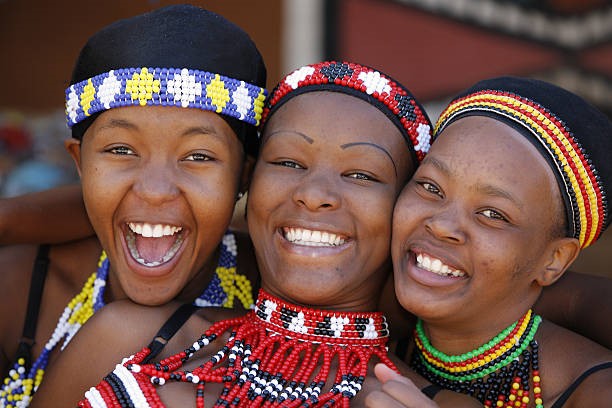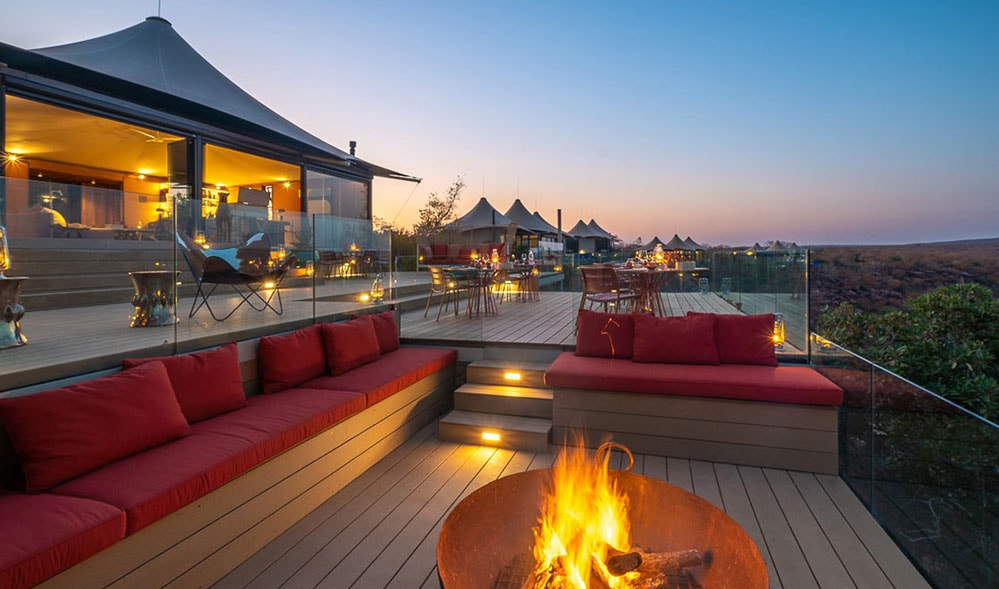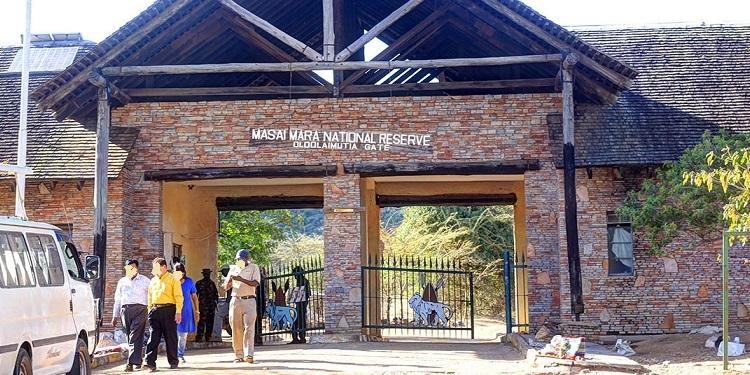Location size and population

Ghana is a 238,533 km2 country in West Africa, and Togo borders it in the east, Cote d’Ivoire in the west, the Gulf of Guinea in the south and Burkina Faso in the north. In 2020, Ghana had a total of 31 million people. The landscape of the country is largely low plains with modest hills. Mount Afadja has the highest elevation in Ghana at 885 meters. In addition, it has varied animal life, beautiful woodlands, and miles of sandy shores along a lovely coast (“Ghana Location and Size”, 2022).
Accra, Ghana’s coastal city, serves as the country’s administrative capital. Accra, built on the site of ancient Ga towns, grew into a thriving trading centre and currently serves as the nation’s industrial and educational core. Kumasi, another key economic centre in the country’s south-central area, is home to the Asante ruler (“Ghana Location and Size”, 2022). Ghana’s official currency is the Ghanaian Cedi. Ghana has two main international airports, as well as multiple secondary domestic airports, totalling five operational airports: Kotoka, Ho, Kumasi, Tamale, and Wa.
Languages
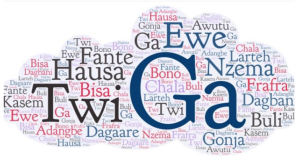
Over ninety languages and dialects are spoken by Ghana’s numerous ethnic groups. Ghana’s official language is English. English is predominantly utilized in business, government, administrative and legal processes. “Akans”, “Gurma”, “Fulani”, “Dagbani”, “Gurunsi”,
“Ewe”, “Guan”, “Ga-Adangbe”, and “Bissa/Mande” are the primary ethnic groups in Ghana.
Akans are the most populous ethnic group in Ghana, accounting for 47.5 percent of the total population.
Diverse languages are spoken in various parts of Ghana. In the upper western region, “Sisaala”, “Gagaare”, and “Birifor” are spoken. In the northern region, people speak
“Mampruli”, “Dagbane”, “Chokosi”, “Deg”, “Gonja”, and “Tampulma” among others. In
Volta regions, the common languages are the “Akyode”, “Adele”, “Ewe”, “Nkonya” and “Ntrubo”. In the upper eastern regions, people speak Koma”, “Frafra”, “Kasem”, “Kusaal”, and “Buli”. People in the Greater Accra Region speak Dangbe and Ga. On the other hand, those who dwell in the Western Region speak Nzema (Dakubu, 2015).
Ghanaians use an indirect communication style and rarely express their true feelings, especially when speaking to someone in a position of power. Greetings are essential in Ghanaian culture.
It is traditional always to greet anybody you meet, especially when you meet or pass them in a group. It is courteous to greet a group of people and, if possible, shake their hands when you approach them. The practice of greeting is not seen as a disruption or a waste of time. It is respectful to address people with formal titles (Dakubu, 2015). Those older than you are addressed as sister or brother. Older people should be addressed with respectful pronouns such as Sir, father, mother, or madam. Public display of affection is prohibited, and hugging is only done between intimate friends
Climate
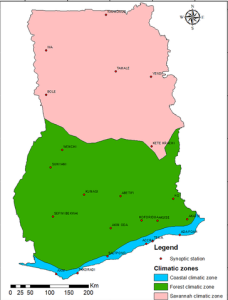
The monsoon winds of West Africa have a significant impact on Ghana’s climate, which is mostly tropical. The average temperature is high, although this is obscured by the changing of the seasons and the increasing altitude. Rainfall totals in the northern section of the nation are normally recorded during a single wet season, which starts in May and continues through September.
History
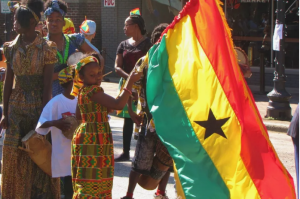
Ghana’s history is remarkable and exciting. Ghana was known as the Gold Coast prior to March 1957. When Portuguese merchants arrived in modern-day Ghana in 1471, they found that many local individuals had gold jewellery. They found so much gold between the Volta and Ankobra rivers that they dubbed the location Mina. The term “Gold Coast” was eventually adopted by the British colonizers (“HISTORY OF GHANA”, 2022).
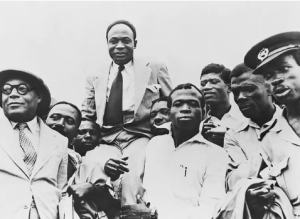
This marked the beginning of a new era of timber, gold, and ivory trade between Ghana, the Dutch, Portuguese, and British, as well as other surrounding Akan countries, resulting in Ghana’s ascent to wealth and power.
In 1598, the Dutch joined them and constructed forts at Kormantsil and Komenda. In 1637, they captured the stronghold, and in 1642, they conquered Axim. Midway through the eighteenth century, additional European craftsmen joined; among them were the Swedes, British, and Danes (“HISTORY OF GHANA”, 2022). Along the coastline are numerous forts built by Dutch, British, and Danish traders. The only remaining traders in the late nineteenth century were the Dutch and the British. The Gold Coast became a British protectorate in 1874 after the Dutch fled.
The establishment of direct sea trade with Europe in the 15th century significantly impacted the local inhabitants, many of whom engaged in active trading with the British, Portuguese, Dutch, and other Europeans. In order to safeguard their commercial welfare,
Europeans built numerous forts and castles that may still be seen today along Ghana’s coast (“HISTORY OF GHANA”, 2022). The first British colony in Africa to gain independence was the Gold Coast. Ghana became its new name once it gained independence, and Kwame Nkrumah was elected its first president.

